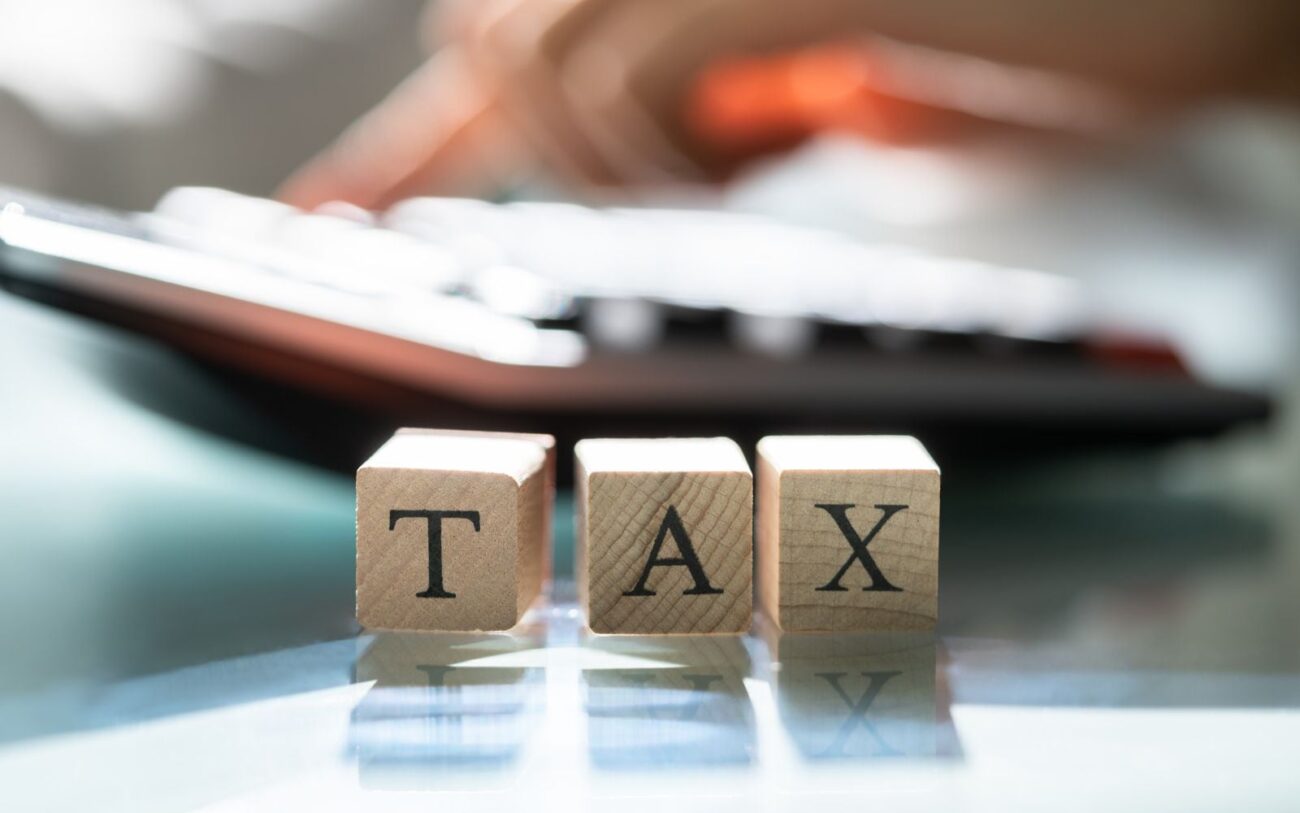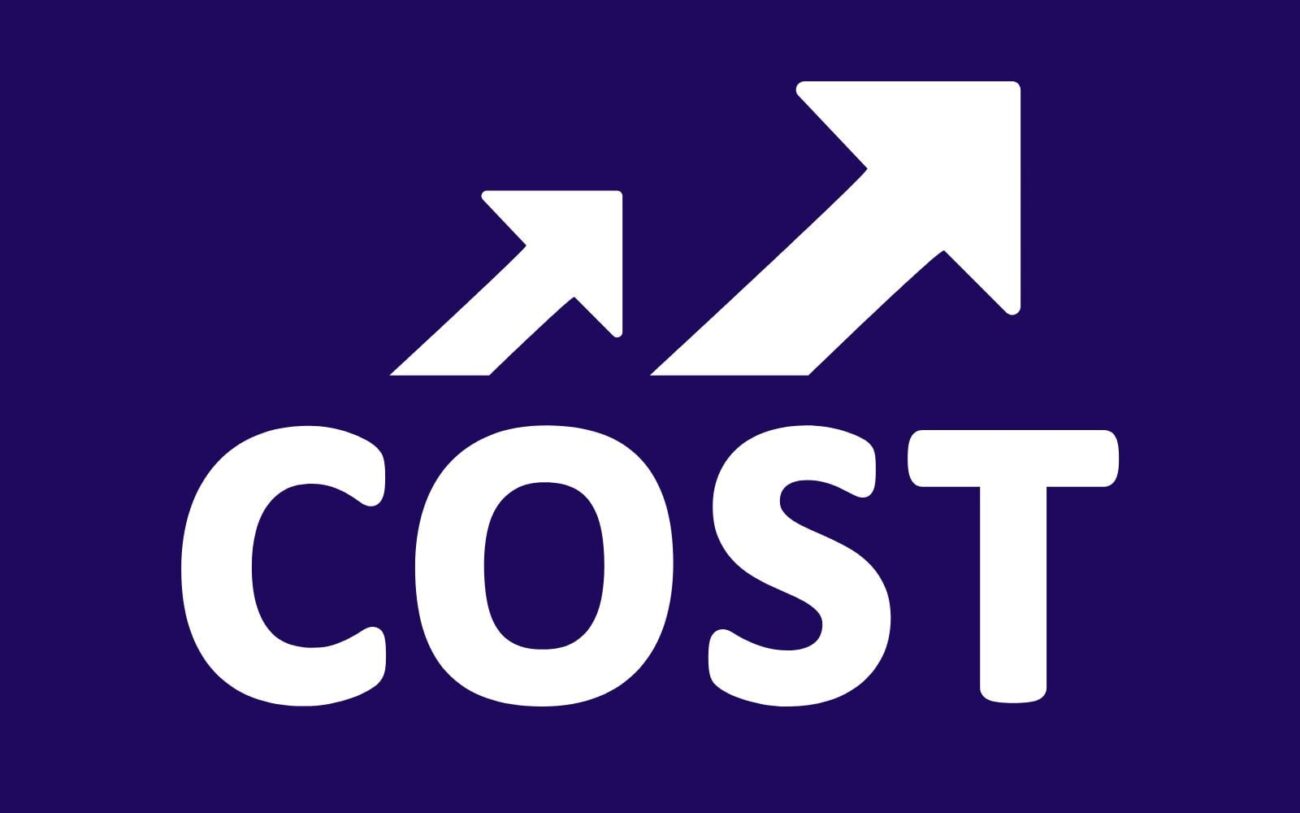Understanding taxation and capital expenditures
Taxation and capital expenditures are closely intertwined concepts
Businesses need to understand these two concepts to make the most of CAs. Capital expenditures are not typically deductible as a business expense when calculating taxable profits. As these expenditures are considered to provide long-term benefits to the business. Instead, businesses can claim capital allowances on these expenditures to reduce their taxable profits and lower their tax liability. Understanding the tax implications of capital expenditures is crucial for businesses. Allowing them to make informed decisions about asset investment and minimise their tax bills. Businesses should seek the advice of a qualified tax professional to determine which capital expenditures are eligible for CAs and to ensure compliance with tax regulations.
How capital allowances work
Businesses deduct a percentage of the cost of qualifying capital expenditures from their taxable profits.
The percentage that can be claimed as a capital allowance varies depending on the type of asset and the circumstances of the purchase. The amount of CAs that can be claimed in full in a given tax year is subject to a limit known as the annual investment allowance (AIA); which is set by the government. Any capital expenditures that exceed the AIA can still be claimed as a capital allowance but at a lower rate. The recent introduction of full expensing (FE) has lifted the AIA restriction. However, this is a temporary measure with certain conditions. It’s important for businesses to keep accurate records of their capital expenditures. As well as understanding the rules and limitations of capital allowances to ensure they maximise their tax relief.
Types of capital allowances
There are several types of Capital Allowances that a business can claim
These include annual investment allowance (AIA), first-year allowances (FYA), and writing down allowance (WDA).
- The AIA has a limit on the amount of qualifying capital expenditures that a business can claim as a capital allowance in a given tax year.
- The FYA allows businesses to claim the full cost of certain qualifying assets in the first year of purchase.
- The WDA enables businesses to claim a percentage of the cost of qualifying assets each year until the value of the asset has been written down to zero.
Businesses need to understand which types of capital allowances they are eligible for. Plus, how to claim them to ensure that they are maximising their tax relief.
To learn more about capital allowances and to lean on our expertise, please get in touch...
Benefits of capital allowances
The main benefit of CAs is reducing a business’s taxable profits and lowering tax liability
By making a claim, businesses can free up cash flow that can be reinvested into the business. Such as purchasing new property or equipment. CAs can also help businesses to improve their profitability by reducing their operating costs e.g. tax bills. The availability of capital allowances can also encourage businesses to invest in new assets and technologies. In turn, driving innovation and competitiveness in the marketplace. Understanding and claiming this tax relief can be a valuable way for businesses to reduce their tax burden and unlock new opportunities for growth and success.
Claiming capital allowances
The process of claiming can be complex
To claim CAs, businesses need to identify which capital expenditures are eligible. Then they can calculate the amount of relief that can be claimed. The process for claiming can be complex, and it’s important for businesses to keep accurate records of their capital expenditures. As well as understanding the rules and limitations of each type of allowance. Businesses should seek the advice of a qualified tax professional. This will help them identify which capital expenditures are eligible and to ensure that they are claiming the maximum amount of relief available. Claiming CAs can significantly reduce a business’s tax liability and free up cash flow for investment in other areas of the business.
Examples of capital allowances in practice
An important application of capital allowances is seen in property capital allowances, particularly embedded capital allowances
When businesses acquire or improve commercial properties, they can claim capital allowances on certain assets that are integral to the building. Such as heating systems, electrical installations, and lifts. These embedded capital allowances can represent a substantial portion of the property’s value and provide significant tax relief. For example, a hotel renovating its premises can claim capital allowances on the embedded assets within the building. Reducing their taxable profits and lowering their overall tax liability. Property capital allowances, especially embedded capital allowances, offer businesses an opportunity to optimise their tax position and generate savings when investing in property assets.
Limitations and restrictions of capital allowances
Businesses should be aware of limitations and restrictions of capital allowances
Specific criteria must be met for assets to qualify, and businesses must keep accurate records to support their claims. Additionally, there are annual limits on the amount of relief that can be claimed. Plus, different types of capital allowances may have different rates of relief. Businesses must understand these limitations and restrictions to maximise their tax relief while remaining compliant with tax regulations. In some cases, companies may need to weigh the benefits of making a claim against the costs of meeting the eligibility criteria or complying with the rules and limitations. By understanding the limitations and restrictions, businesses can make informed decisions about their tax planning strategies. Ensuring that they are claiming the maximum amount of relief available to them.
Conclusion: Importance of capital allowances in business
Capital allowances allow businesses to maximise their tax relief
Capital allowances are an important tax relief for businesses. It can help them to reduce their taxable profits and lower their tax liability. But companies must understand which capital expenditures are eligible for capital allowances and how to claim them. The process of making a claim can be complex and businesses need to seek the advice of a qualified tax professional. This ensures compliance with tax regulations and claims the maximum amount of relief available. Capital allowances are a valuable way for businesses to reduce their tax burden and unlock new opportunities for growth and success.
Get in touch with our expert team to ensure your capital allowance claim is completed correctly...
-
11 April 2024
Land Remediation 2024: What Qualifies and What Doesn’t
Land remediation tax relief is a powerful incentive designed to encourage the rejuvenation of contaminated and certain derelict land. This is not only for environmental reasons but also for economic development. Understand what qualifies for this tax relief and what doesn’t, regarding Land Remediation...
-
6 March 2024
Spring Budget 2024: Changes to Capital Allowances
On Wednesday 6th March 2024, Jeremy Hunt, a key figure in fiscal policy, revealed the Spring Budget for the year. This announcement always demands the attention of businesses across sectors. As the dust settles, it becomes important to identify the changes that are going to impact the financial strategies...

 11 April 2024
11 April 2024
 6 March 2024
6 March 2024








